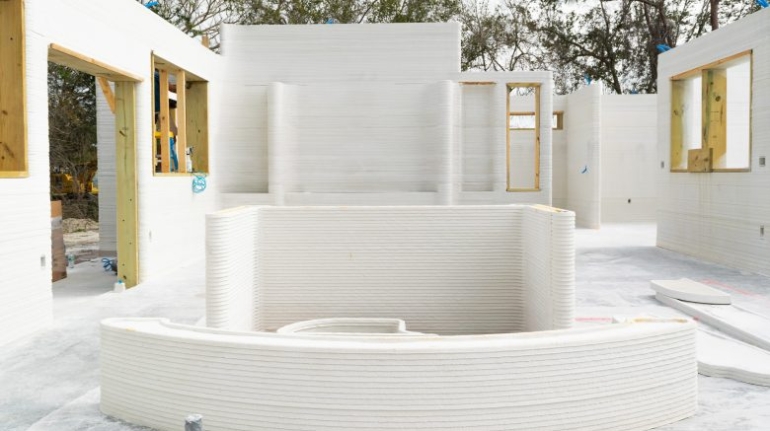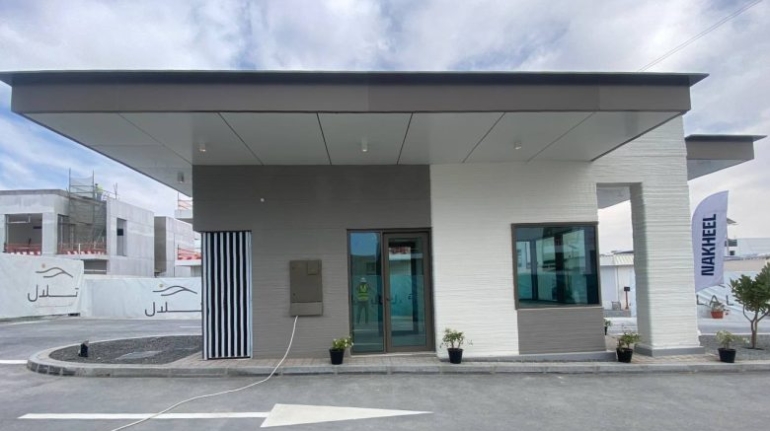UMaine recycles wind blades as feedstock for 3D printing Sustainability
According to the University of Maine (UMaine), researchers have secured a $75,000 grant to explore recycling wind blades as feedstock for 3D printing. The award is a Phase 1 winner from the Department of Energy’s Wind Energy Technologies Office’s Wind Turbine Materials Recycling Prize. Led by the Advanced Structures and Composites Center (ASCC), the WIND REWIND team’s project ‘Blades for Large-Format Additive Manufacturing’ marks a significant milestone in their mission to advance recycling solutions for a circular wind energy economy.






